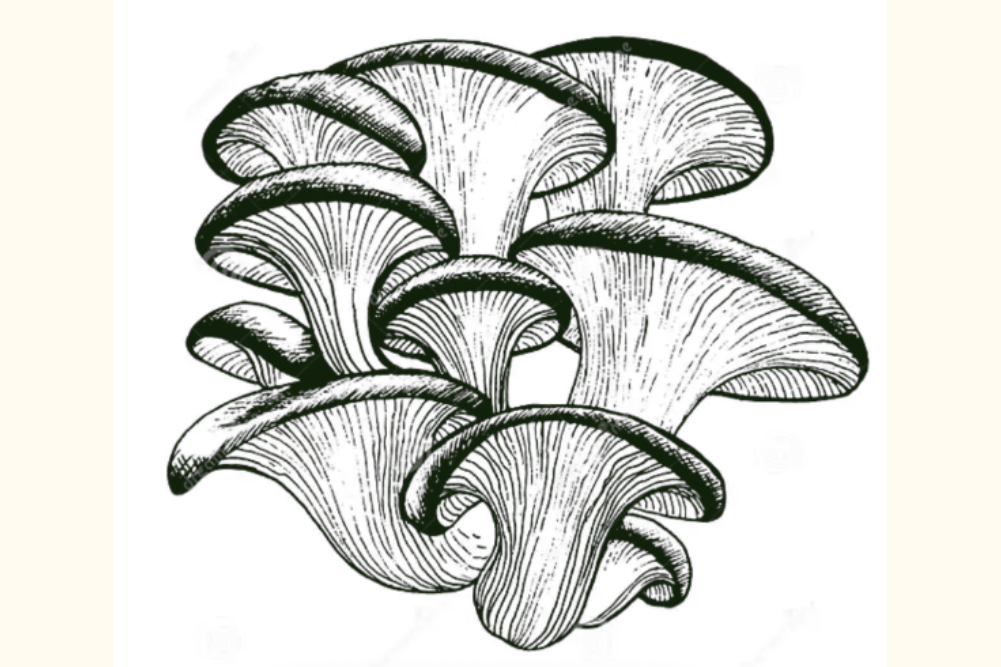How to eat seasonally this winter
How to eat seasonally this winter
Lee Holmes shares the importance of eating seasonally and locally, as well as three delicious winter recipes.
Servings
Prep time
Cook time
Recipe
Ingredients
- 100g almond meal
- 1 large organic egg
- 1 tsp turmeric
- ¼ tsp cumin
- ¼ tsp coriander
- 1 tsp grated orange zest
- 1 tsp Celtic sea salt
- 2 tomatoes, diced
- 1 cucumber, diced
- Sour cream (a dairy-free option is available on my website)
- Mashed avocado
- Coriander sprigs, to serve
Method
- To make the chips, preheat the oven to 180°C.
- Place all chip ingredients in a large bowl and mix with a wooden spoon to form a dough. Place dough on a clean work surface between two pieces of baking paper. Roll out dough until it is 2mm thick.
- Remove the top piece of baking paper and transfer dough and bottom piece of baking paper to a baking tray. Using a sharp knife, deeply score dough every 3cm, then do the same in the opposite direction so you form squares.
- Bake in the oven for 12 minutes. Allow to cool before breaking chips apart.
- To assemble nachos, place chips on a chopping board and top with remaining ingredients.
- Note: Any leftover chips will keep in an airtight container for up to 3 days.
Tried this recipe? Mention @wellbeing_magazine or tag #wbrecipe!







